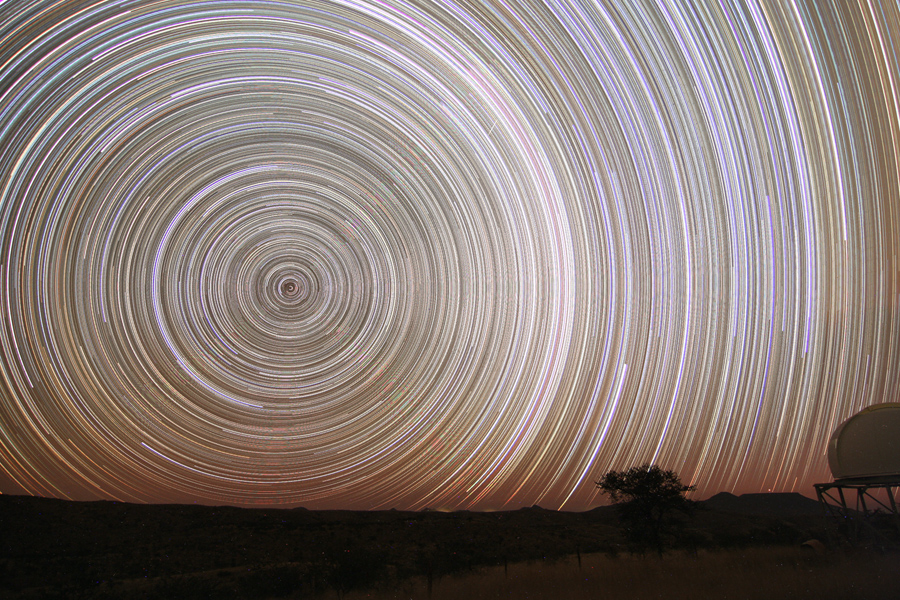You watch something (some distance from you) move … its direction changes … that’s angular motion. In other words, as measured from a fixed point (or axis), the angular motion of an object is the change in direction of the line (of sight) to the object; the angle swept by the line. Notice that if the distance to the object changes but the direction doesn’t, then there is no angular motion (though there is radial motion).
Standing on the surface of the Earth (and not moving, relative to the hills, valleys, etc), you see the Sun rise, move across the sky, and set. Ditto the Moon … and the stars, and the planets, and satellites like the ISS, and … “moving across the sky” simply means the direction of the Sun (the line from you to the Sun) changes, so that motion is angular motion.
Because it involves changes in angle, angular motion is measured in terms of degrees per second (or hour) … or radians per minute, or arcseconds per year, or … i.e. an angle per a unit of time.
Well, that’s one particular kind of angular motion, angular velocity (strictly we need to add a direction, to make it a velocity; in which way is the angle changing, due East perhaps?). There’s also angular acceleration, which is just like linear acceleration except that what the “per second per second” (or, perhaps, “per year per year”) refers to is an angle, not a length (or distance).
As the Earth turns on its axis once a day, and as a circle has 2π radians, the angular motion of the stars and the Sun is 2π rads/day, right? Well, close, but no cigar … the Earth also revolves around the Sun, so from one day to the next it has moved approximately 1/365-th of a complete circle, and as the Earth’s rotation is in the same direction as its orbit, the angular motion of the stars is a little bit less than 2π rads/day (it’s actually 2π radians per sidereal day!).
Many kinds of angular motion, in astronomy, have special names; for example, the angular motion of stars with respect to distant quasars (actually the fixed celestial coordinate system) is proper motion; the tiny ellipses (relatively) nearby stars seem to complete every year is parallax; and there’s precession, nutation, … and even the anomalous advance of the perihelion (of Mercury)! This last one is actually one component of a precession, but it played an important role in the history of physics (the first test the then new theory of general relativity passed); by the way, it’s only about 43″ (” = arcseconds) per century.
Wellesley College’s Phyllis Fleming has a 100-level concise intro to angular motion.
Some of the many Universe Today stories which involve angular motion are Globular Clusters Sort their Stars, and Does a Boomerang Work in Space?

